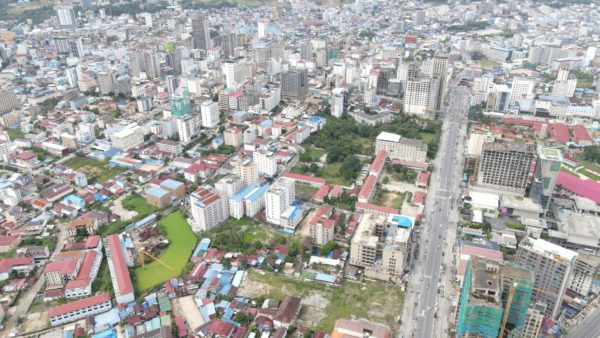Royal HaskoningDHV is leading a multi-disciplinary team developing a coastal protection strategy for the cities of Tacloban and Palo in the Philippines, which were devastated by Typhoon Haiyan in 2013.
The €600,000 initiative commissioned by the Netherlands Enterprise Agency and backed by the Dutch ministries of foreign affairs, infrastructure and environment, will identify structural and non-structural measures for coastal protection and disaster risk reduction.
Typhoon Haiyan was the deadliest Philippine typhoon recorded in modern history, killing at least 6,300 people in the country and wrecking homes, businesses and infrastructure.
I hope this coastal protection plan provides a structural solution to better protect the inhabitants, make them more resilient and prevent a next disaster– Melanie Schultz van Haegen, Dutch Minister of Infrastructure and the Environment
Before the typhoon, which unleashed winds of up to 378km/h and storm surges of up to 6m in height, Tacloban (pictured) was the fastest growing city in the Philippines, with a daily population of 1.2 million. It is a regional trading hub and a centre for commerce, industry and education.
The Dutch effort, which involves experts from Deltares, Arcadis, Wetlands International, Red Cross, Rebel and Van Oord, comes amid predictions of ‘megastorms’ becoming more common as a consequence of climate change, Royal HaskoningDHV said in a statement.
It is being carried out in consultation with the Philippine Reclamation Authority (PRA) and other national and regional agencies and stakeholders.
"Typhoon Haiyan had a disastrous impact. I hope this coastal protection plan provides a structural solution to better protect the inhabitants, make them more resilient and prevent a next disaster," said Melanie Schultz van Haegen, Dutch Minister of Infrastructure and the Environment.
"We will be working closely with more than 15 local, regional and national organisations," said George Peters, team leader from Royal HaskoningDHV. "The end result will be much more than simply a technical solution for a flood protection structure, it will be a long-term strategy for the entire area."
Opportunities for urban development, mangrove and beach forest restoration will be integrated in the plan together with improved storm surge forecasting to create a multi-disciplinary, sustainable solution, the company said.
Photograph: Debris lines the streets of Tacloban, the Philippines, after Typhoon Haiyan in 2013 (Eoghan Rice/Trócaire/Caritas/Wikimedia Commons)










